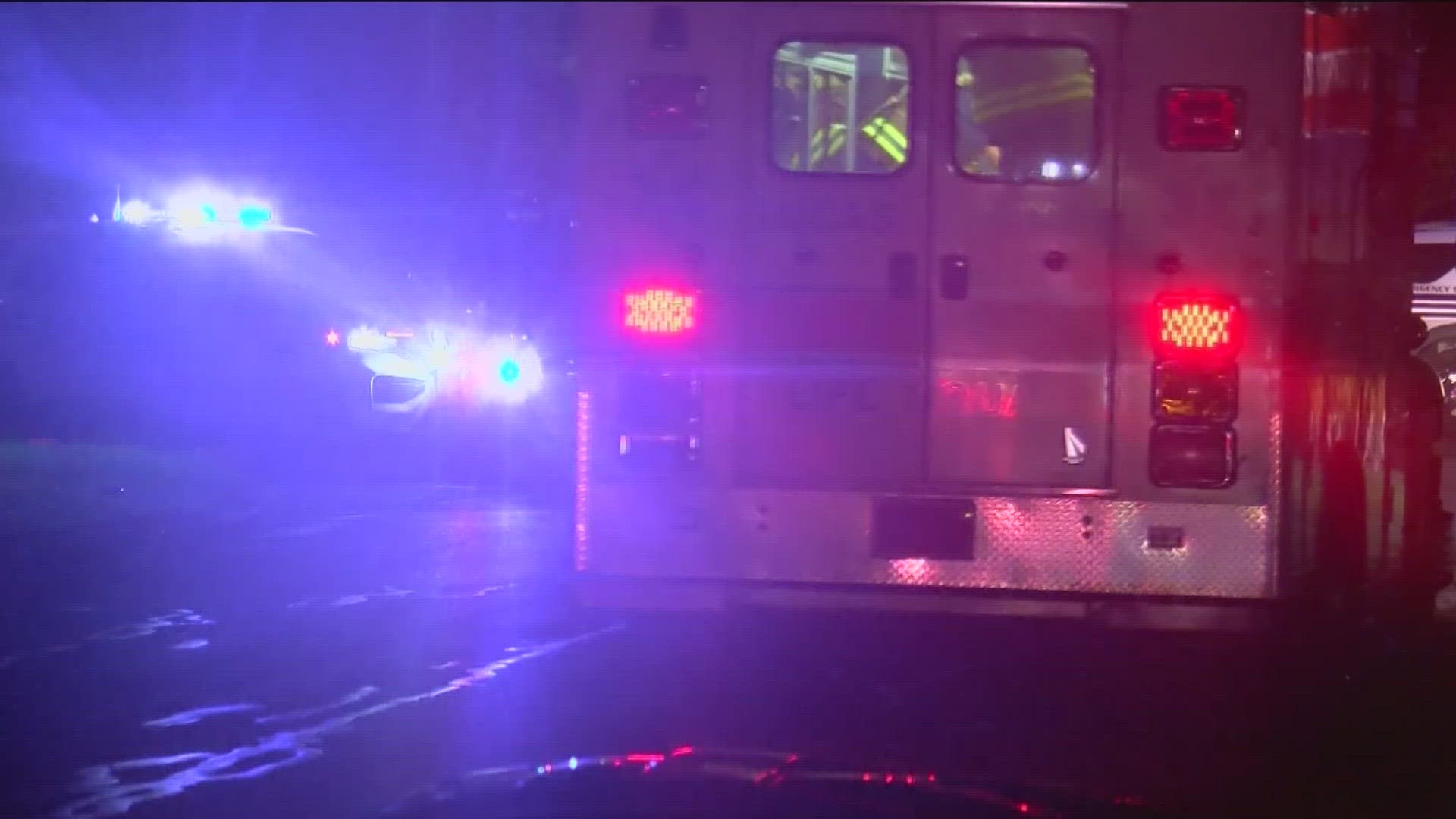TOLEDO, Ohio — You wouldn't typically find a medic kicking down the door with the SWAT team.
But Toledo police chief Michael Troendle says that's all in a day's work for the department's tactical medical team, which runs toward scenes to deliver life-saving help, sometimes only moments after bullets start flying.
The most recent example happened less than two weeks ago when a mental health crisis-turned-barricade situation on Ruskin Drive ended with officers shooting Robert Schaffer, who pointed a gun at them.
Troendle said right after the gunfire subsided, the tactical medical team that treated Schaffer first and likely saved his life.
"That is a great program that we have that lets us immediately start rendering aid in a situation our medics wouldn't normally come into," Troendle said at a press conference last week for the shooting of Schaffer, 60.
To learn more about the unit, WTOL 11 spoke with TPD Sgt. Kenneth Krabill. While Krabill wasn't at the shooting in west Toledo he said it's just one example of what his team sees every day.
"We get called out to barricades, search warrants, we deploy with SWAT on search warrants, anything people want us to do that they think is more dangerous than the normal day-to-day stuff, we go with them on that," Krabill said.
Whenever there is a high likelihood someone could be seriously hurt during an active scene, the team is called in and specifically trained to rush over to whoever's injured, even in the midst of a firefight, so they don't lose valuable minutes waiting for treatment.
"It's no longer being on a person shot call and standing there and waiting for fire while the person needs help, we're getting involved now, we're putting tourniquets on, chest heals and other things," Krabill said.
The tactical medical team, formed in June 2021, treats their own officers, civilians and anyone in need of immediate medical assistance during an active scene, such as Schaffer two weeks ago.
"So as long as they aren't a threat anymore, we'll provide the care," Krabill said. "It doesn't really make a difference to us, we're just trying to save people."
The need for this kind of unit was demonstrated after incidents such as the death of TPD officer Brandon Stalker.
The team now has a core of 12 members with both EMT and SWAT training.
Krabill said that at scenes where every second counts, he believes the tactical medical team has already made a noticeable impact.
"This year, we're at 10-15 gunshot victims that we've treated," Krabill said. "As far as the outcomes of everybody, we're not 100% [sure] because of HIPAA it's hard to follow up to truly see if we helped them or not. But we're in the belief there are several people we have saved with the care because of the time it was given in."
He said during their off hours the team takes their training and goes over it with the regular patrol officers.
He said that has helped officers in the field take the initiative to make sure people don't bleed out before the ambulance arrives.

